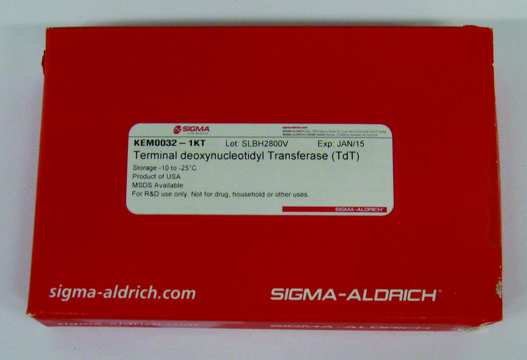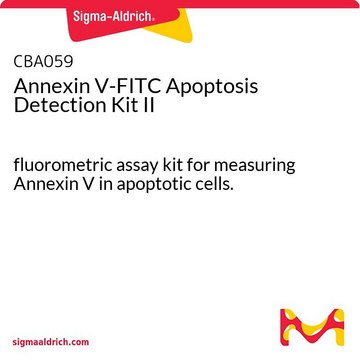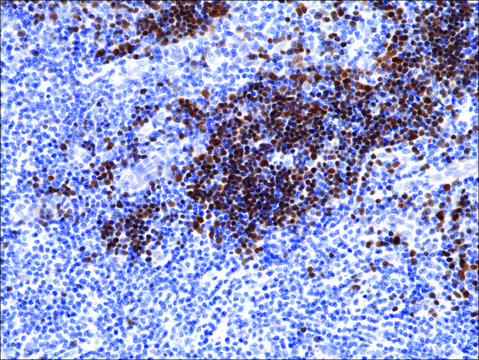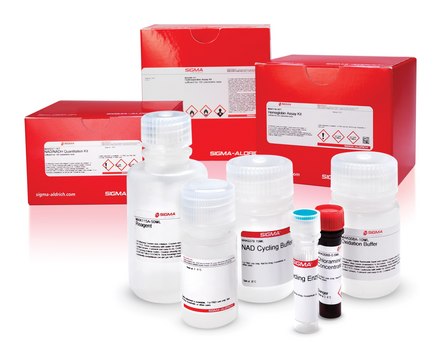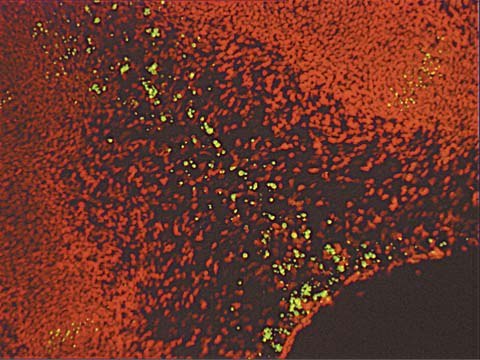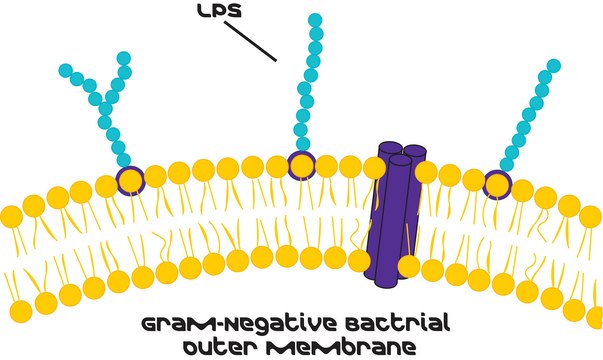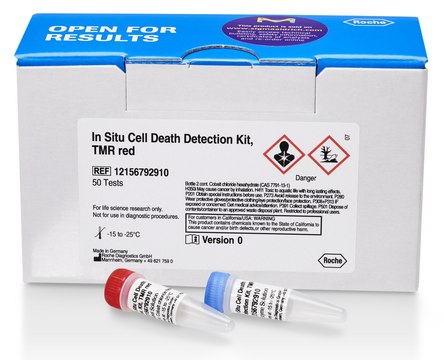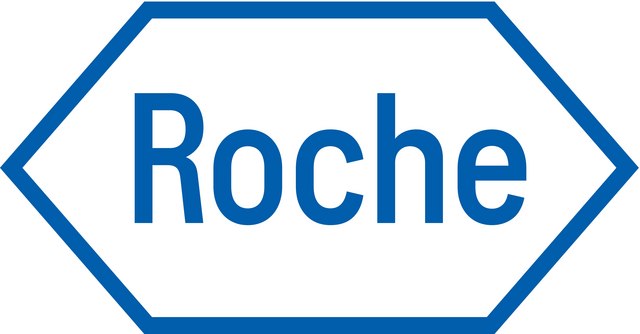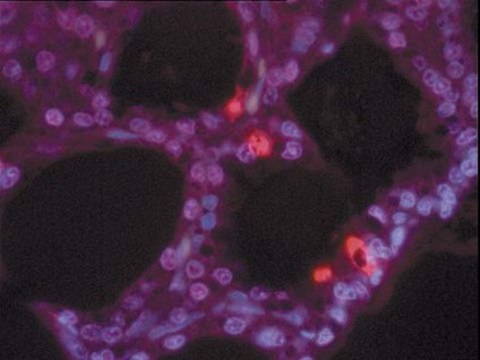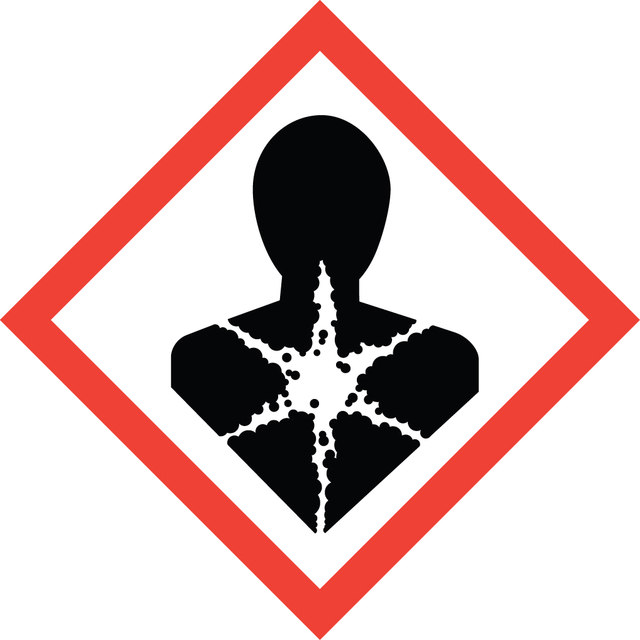T4427
Terminal Transferase from calf thymus
buffered aqueous glycerol solution
Synonym(s):
TdT, Terminal Deoxynucleotidyl Transferase
Sign Into View Organizational & Contract Pricing
All Photos(1)
About This Item
Recommended Products
grade
for molecular biology
form
buffered aqueous glycerol solution
mol wt
60 kDa
concentration
>5000 U/mL
UniProt accession no.
foreign activity
Exonuclease and endonuclease, free
storage temp.
−20°C
Gene Information
cow ... DNTT(281120)
Looking for similar products? Visit Product Comparison Guide
General description
Bovine terminal transferase (TdT) is a primer-dependent polymerase that catalyzes the addition of deoxynucleotides to the 3′-OH terminus of DNA molecules with the release of inorganic phosphate. TdT reacts preferentially with either single-stranded DNA molecules or double-stranded-DNA with 3′ overhangs, but procedures have been developed to label blunt ends or 3′-recessive ends. In a reaction mixture, the divalent ion (Co2+, Mn2+, Mg2+) will influence purine and pyrimidine polymerization rate. Activities of TdT are also affected by the bases (dATP, dCTP, dGTP and dTTP) present.
Application
Suitable for:
- Addition of homopolymers to vectors, inserts and cDNA for cloning
- Labeling the 3′-end of double- and single-stranded DNA with non-radioactive or radioactive labels
- Carrying out in vitro mutagenesis by adding single nucleotides to DNA
- Use in TUNEL assays
Components
Terminal transferase is supplied as a solution of 50 mM potassium phosphate (pH 7.4), 1 mM 2-mercaptoethanol and 50% glycerol (v/v).
Unit Definition
One unit will incorporate 1 nanomole of dATP into acid-precipitable material in one hour at 37 °C using d(pT)6 as primer.
Analysis Note
Activity assay uses 200 mM potassium cacodylate, pH 7.2, 4 mM MgCl2, 1 mM 2-mercaptoethanol, 1 mM 3H-dATP, 70 μM d(pT)6, 37 °C.
related product
Product No.
Description
Pricing
Glutathione S-Transferase from E. coli, recombinant, expressed in E. coli, buffered aqueous solution
Ribonuclease A from bovine pancreas, for molecular biology, ≥70 Kunitz units/mg protein, lyophilized
Signal Word
Danger
Hazard Statements
Precautionary Statements
Hazard Classifications
Resp. Sens. 1
Storage Class Code
11 - Combustible Solids
WGK
WGK 3
Flash Point(F)
Not applicable
Flash Point(C)
Not applicable
Personal Protective Equipment
dust mask type N95 (US), Eyeshields, Gloves
Regulatory Information
常规特殊物品
Choose from one of the most recent versions:
Already Own This Product?
Find documentation for the products that you have recently purchased in the Document Library.
D G Remick et al.
The American journal of pathology, 136(1), 49-60 (1990-01-01)
Tumor necrosis factor-alpha (TNF) has been implicated strongly as a principal mediator in the pathogenesis of septic shock. The authors investigated the in vivo production of TNF in CBA/J and CD-1 mice that had been primed by an intraperitoneal injection
Edward A Motea et al.
ACS chemical biology, 7(6), 988-998 (2012-03-07)
Acute lymphoblastic leukemia (ALL) is the most common type of childhood cancer, presenting with approximately 5,000 new cases each year in the United States. An interesting enzyme implicated in this disease is terminal deoxynucleotidyl transferase (TdT), a specialized DNA polymerase
U Weiland et al.
Cardiovascular research, 45(3), 671-678 (2000-03-23)
Apoptosis of cardiomyocytes may contribute to ischemia-reperfusion injury. The role of nitric oxide (NO) in apoptosis is controversial. Therefore, we investigated the effect of NO synthase inhibition on apoptosis of cardiomyocytes during ischemia and reperfusion and elucidated the underlying mechanisms.
[Thymoma with extensive coagulation necrosis: report of two cases].
Jian Li et al.
Zhonghua bing li xue za zhi = Chinese journal of pathology, 41(2), 132-133 (2012-03-30)
Maniatis, T., et al.
Molecular Cloning: A Laboratory Manual, 148-148 (1989)
Our team of scientists has experience in all areas of research including Life Science, Material Science, Chemical Synthesis, Chromatography, Analytical and many others.
Contact Technical Service